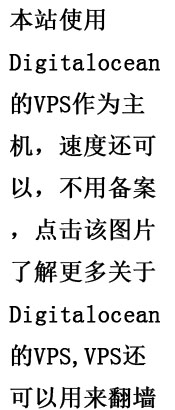就是服务器A的Sink 类型是AVRO, 而 服务器 B的Source 是AVRO
1.服务器A的配置
# Define a memory channel called ch1 on agent1 agent1.channels.ch1.type = memory agent1.channels.ch1.capacity = 1000 agent1.channels.ch1.transactionCapacity = 100 agent1.sources.exec-source1.channels = ch1 agent1.sources.exec-source1.type = exec agent1.sources.exec-source1.command = tail -F /Users/walle/Documents/D2/testflume.log # Define a logger sink that simply logs all events it receives # and connect it to the other end of the same channel. agent1.sinks.avro-sink1.channel = ch1 agent1.sinks.avro-sink1.type = avro agent1.sinks.avro-sink1.hostname = localhost agent1.sinks.avro-sink1.port = 44445 # Finally, now that we've defined all of our components, tell # agent1 which ones we want to activate. agent1.channels = ch1 agent1.sources = exec-source1 agent1.sinks = avro-sink1
2.服务器B的配置
# Define a memory channel called ch1 on agent1 agent2.channels.ch2.type = memory agent2.channels.ch2.capacity = 1000 agent2.channels.ch2.transactionCapacity = 100 # Define an Avro source called avro-source1 on agent1 and tell it # to bind to 0.0.0.0:41414. Connect it to channel ch1. agent2.sources.avro-source1.channels = ch2 agent2.sources.avro-source1.type = avro agent2.sources.avro-source1.bind = localhost agent2.sources.avro-source1.port = 44445 # Define a logger sink that simply logs all events it receives # and connect it to the other end of the same channel. agent2.sinks.log-sink1.channel = ch2 agent2.sinks.log-sink1.type = logger # Finally, now that we've defined all of our components, tell # agent1 which ones we want to activate. agent2.channels = ch2 agent2.sources = avro-source1 agent2.sinks = log-sink1
http://www.waitingfy.com/archives/4179
1. 运行
先运行B的
bin/flume-ng agent --conf $FLUME_HOME/conf --conf-file $FLUME_HOME/conf/serviceB.conf --name agent2 -Dflume.root.logger=INFO,console 再运行A的 bin/flume-ng agent --conf $FLUME_HOME/conf --conf-file $FLUME_HOME/conf/serviceA.conf --name agent1 -Dflume.root.logger=INFO,console4179



